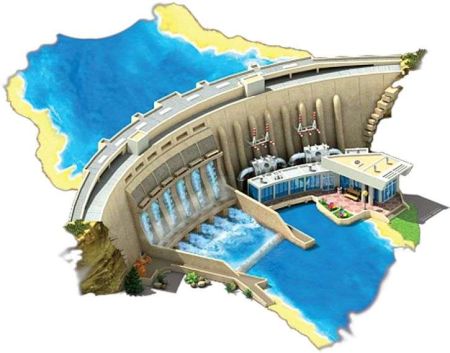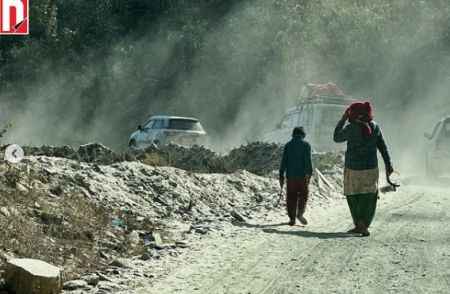April 16: Nepal Rastra Bank (NRB) has pointed out that credit risk is on the rise within commercial banks due to loans being issued without the completion of requisite procedures.
Increasing bad loans of banks and financial institutions also indicate the rise in credit risk.
Based on both on-site and off-site monitoring of commercial banks conducted by the Bank Supervision Department of the central bank in the last fiscal year (FY 2022/23), the NRB has pointed out weaknesses in the banks' credit investment process, non-utilization of loans, giving more loans than their capacity, giving loans to pay off loans, etc.
According to the supervision report published by NRB on Sunday, during the monitoring, some banks were found to have provided more loans than necessary without adequately assessing the needs of the borrowers. The central bank has stated that loans are given without maintaining a balance between the customer's assets and loan ratio. It also noted that the monitoring system after loan disbursement is weak.
Similarly, the NRB study found that banks have given new loans to pay off old loans. The central bank also pointed out that loans have been renewed without audit and verification of tax clearance certificate, firm renewal and business monitoring report. It is mentioned in the report that environmental and social risk assessment guidelines were not followed while giving project loans.
According to Nepal Rastra Bank sources, the quality of banking service is deteriorating due to the competition among banks to extend loans after the Covid- 19 pandemic.
"Banks are under pressure to increase their profits by increasing their loans," said an executive director of Nepal Rastra Bank on condition of anonymity.
“Banks have even beached the law and NRB instructions while issuing loans in some cases. This has resulted in increasing bad loans,” he added.
As of mid-March of the current fiscal year, the average bad loan ratio of 20 commercial banks has reached 3.63 percent. The bad debt ratio was 2.49 percent by mid-March of last fiscal year.
According to Nepal Rastra Bank, banks have given 88.75 percent of loans under mortgages. However, with the recent decrease in real estate transactions, banks are finding it difficult to recover loans even through mortgage auctions.
In December, a delegation of the International Monetary Fund issued a statement expressing doubts about the credit quality of Nepali banks. In the context of increasing bad loans, the IMF issued a statement mentioning that there is a need for more monitoring and more supervision on the quality of banks' loans.
The government and the central bank have both admitted that bad loans may increase. A statement released by the IMF a few months ago said that the government and the central bank pledged to step up monitoring to ensure that the classification of loans is correct, provisioning is done and there is sufficient capital support.
Expressing doubts about the quality of loans provided by the banks of Nepal, the IMF has placed a condition that it will issue loans under the Extended Credit Facility (ECF) to Nepal only after the loans of 10 big commercial banks are audited by an international organization.
The central bank has already called for a tender for auditing of the banks by an international organisation.






















